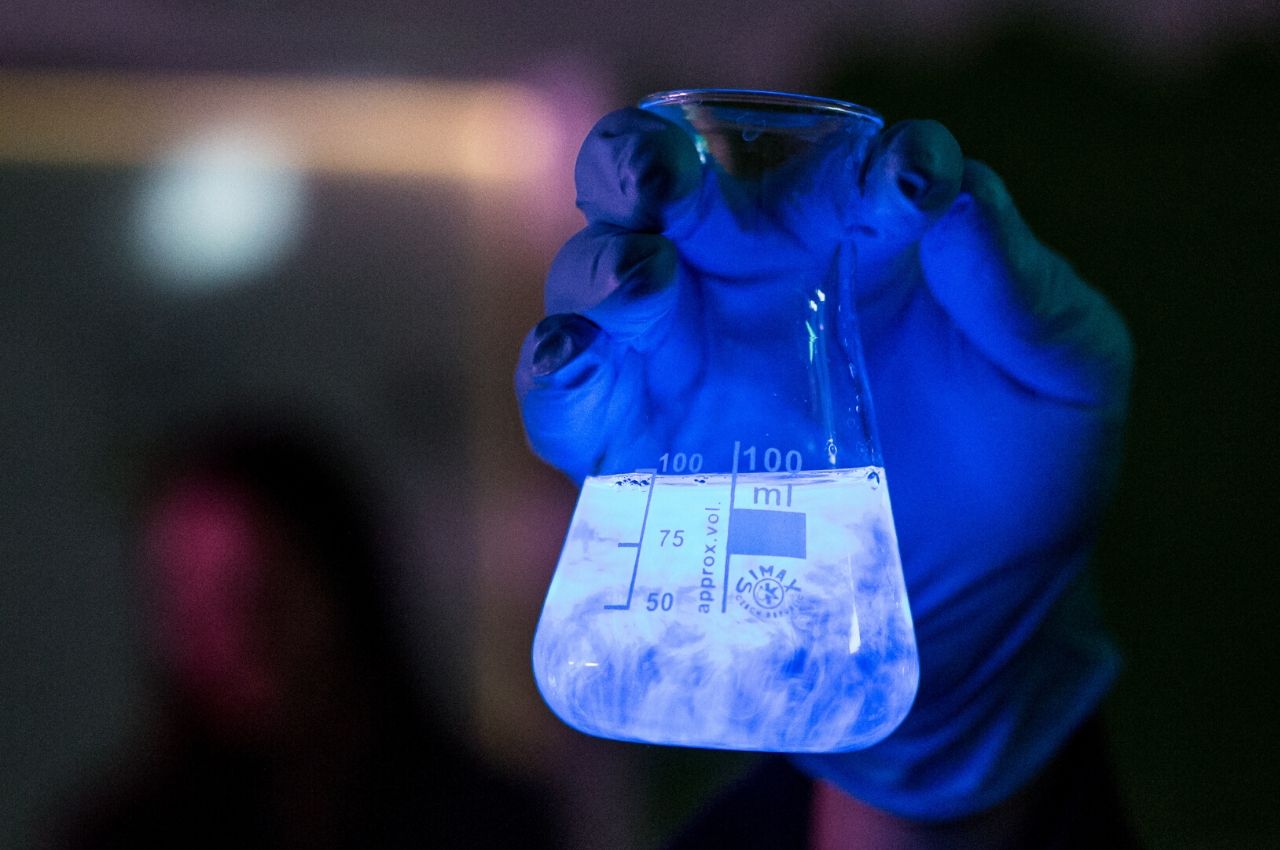ADB-BUTINICA – The New Kid in Town

First detected in a seizure in Sweden in 2019 followed by its detection in 13 routine toxicology screenings ADB-BUTINICA is a novel synthetic cannabinoid which in January 2021 was detected in Synthetic Cannabinoid Receptor Agonist (SCRA) infused papers seized from Scottish prisons. SCRAs are a class of New Psychotic Substances (NPS) which bind to and activate the cannabinoid receptors CB1 and CB2 and give rise to a range of psychoactive and harmful physiological effects. Between January and July of 2021 the prevalence of ADB-BUTINICA in SCRA-infused papers has only increased to 60.4%. (Kronstrand et al., “The Metabolism of the Synthetic Cannabinoids ADB‐BUTINACA and ADB‐4en‐PINACA and Their Detection in Forensic Toxicology Casework and Infused Papers Seized in Prisons”
As a synthetic cannabinoid, ADB-BUTINICA usually appears as a beige or yellowish powder and is smoked by either spraying it on a plant material or blotting paper. It is also vaped and consumed orally. Consumption of this synthetic cannabinoid has shown some adverse health effects such as: seizures, heart attacks, acute kidney injury, pulmonary edema, troke, delirium, psychosis, rapid loss of consciousness, vomiting, and multiple organ failure. (Brandeis University researchers)
The metabolites of ADB-BUTINICA were tentatively identified in kidney samples by means of liquid chromatography-time-of-flight-mass spectrometry. The drug was also detected in live blood samples taken from intoxicated individuals as well as in blood, kidney, and liver samples collected during postmortem investigations.(Kavanagh et al.)
Up until now, three existing urinary metabolites of ADB-BUTINICA were available as reference standards. However, they were observed to be absent or present in low concentrations in the urine samples of abusers. To combat this, a team of researchers from National University of Singapore (NUS) lead by Professor Eric Chan from NUS Department of Pharmacy have identified four new urinary biomarkers to detect ADB- UTINICA.(National University of Singapore)
Professor Chan and his team used the concepts of drug metabolism and pharmacokinetics to synthesize key metabolites of the drug using human liver enzymes. The disposition of these metabolites was investigated and 15 novel metabolites of ADB-BUTINICA and their respective pathways of biotransformation in the body were identified such as: hydroxylation, N-debutylation, dihydrodiol formation, and oxidative deamination. Reaction phenotyping established that ADB-BUTINACA was rapidly eliminated via CYP2C19-, CYP3A4-, and CYP3A5-mediated metabolism. Three major monohydroxylated metabolites (M6, M12, and M14) were generated in situ, which demonstrated greater metabolic stability compared to ADB-BUTINACA. Coupling metabolite profiling with urinary analysis, four urinary biomarker metabolites of ADB-BUTINACA were identified: 3 hydroxylated metabolites (M6, M11, and M14) and 1 oxidative deaminated metabolite
(M15).(Sia et al.) A panel comprising either one or a combination of these four urinary biomarkers was developed for diagnosing the consumption of ADB-BUTINACA.
– By: Prisha Kakade
